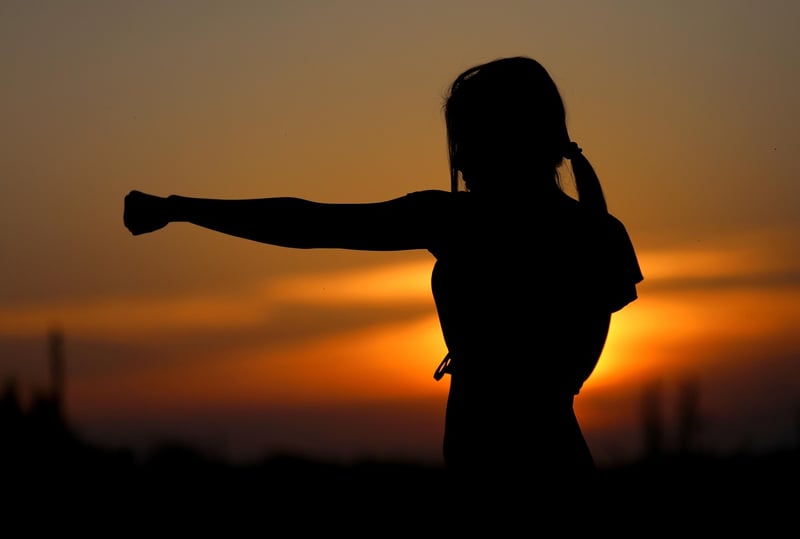Slow Movements
The Art of Flowing Martial Arts Practice with Slow Movements
When most people think of martial arts, they envision fast-paced, high-energy movements designed for combat or self-defense. However, there is a lesser-known aspect of martial arts that focuses on slow, deliberate movements that emphasize flow and mindfulness. This practice combines the discipline and techniques of traditional martial arts with the grace and fluidity of slow movements, creating a unique and meditative experience.
Benefits of Slow Movements in Martial Arts
Slow movements in martial arts offer a range of physical, mental, and emotional benefits:
- Improved balance and coordination
- Enhanced focus and concentration
- Increased strength and flexibility
- Stress reduction and relaxation
- Mind-body connection and mindfulness
Flowing Martial Arts Practice
Flowing martial arts practice incorporates slow movements into traditional forms, allowing practitioners to move seamlessly from one technique to another with grace and control. This style of practice emphasizes the fluidity of movement, smooth transitions, and mindful execution of each technique.
By practicing flowing martial arts, individuals can cultivate a deep sense of body awareness, breath control, and mental focus. The slow pace of the movements encourages practitioners to pay close attention to their body mechanics, alignment, and energy flow, promoting a holistic approach to martial arts training.
Image for Illustration
Below is an image that captures the essence of flowing martial arts practice with slow movements:

Exploring Slow Movements in Your Practice
If you are interested in incorporating slow movements into your martial arts practice, consider the following tips:
- Start with basic forms and techniques to familiarize yourself with the movements.
- Focus on executing each movement slowly and with precision, paying attention to your breath and body alignment.
- Practice mindfulness by being fully present in the moment and observing the sensations in your body as you move.
- Gradually increase the complexity and duration of your slow movement practice as you become more comfortable with the flow.
Remember that mastering slow movements in martial arts requires patience, dedication, and regular practice. By incorporating flowing martial arts with slow movements into your training routine, you can enhance your overall martial arts experience and deepen your connection with the art form.
